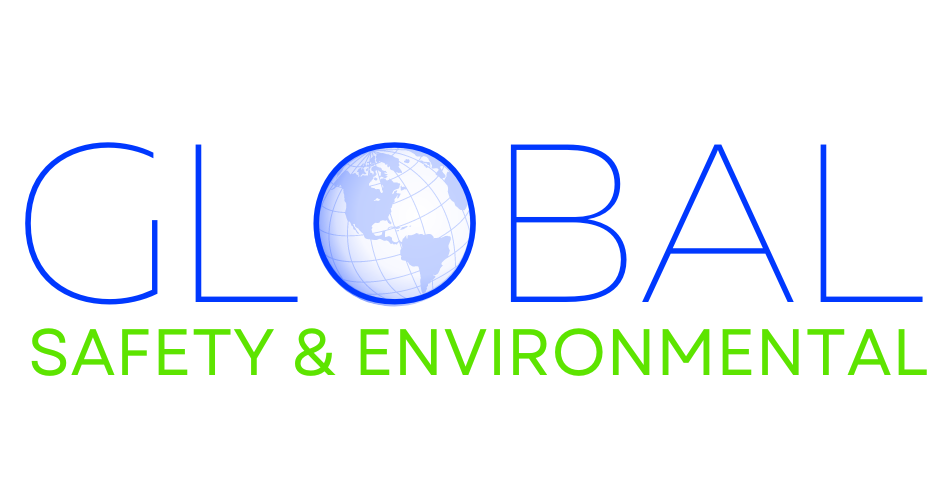Oil and Gas Productions (N.O.R.M)
Oilfield NORM
The magnitude of the oil-field NORM problem in the U.S. has been estimated, but it remains to be completely assessed. Increased industry awareness and understanding of the problem coupled with government regulatory efforts have provided much better control of oil-field NORM wastes and have reduced the radiation exposure to workers and the public. Management of the present inventory of stored oil-field NORM waste and options for its disposal are designed to reduce radiation hazard to the general public. The challenge to the oil and gas industry will be to develop safer and more cost-effective methods to minimize, process, and dispose of future oil-field NORM. An additional challenge to industry and government is to identify, remediate, and if necessary, remove NORM contamination that remains at old or abandoned petroleum production sites.
NORM and TENORM on Oil and Gas Sites NORM and TENORM are most commonly encountered when production of crude oil leaves deposits inside production, processing and transportation equipment. NORM can collect when radioactive materials combine with minerals or stick to metal surfaces inside equipment, such as tubing, pipes and tanks.
- Scale deposits inside tubing, piping (flowlines), wellheads, treatment vessels, oil and water storage tanks.
- Sludge deposits in oilfield storage tanks, pits
- Soil around spill sites
- Oil & Gas production processes mobilize NORM in produced fluids – oil and water; usually salt water/brines
NOTE: Pressure and Temperature changes of fluids change solubility of NORM, which precipitates onto walls of piping, equipment
There currently exist no Federal regulations that specifically address the handling and disposal of oil-field NORM wastes. States that have enacted specific NORM regulations include some important oil producers such as Texas, Louisiana, New Mexico, and Mississippi. New NORM regulations or modifications to general radiation protection statutes are under consideration in other major oil-producing States such as California, Kansas, and Oklahoma.
